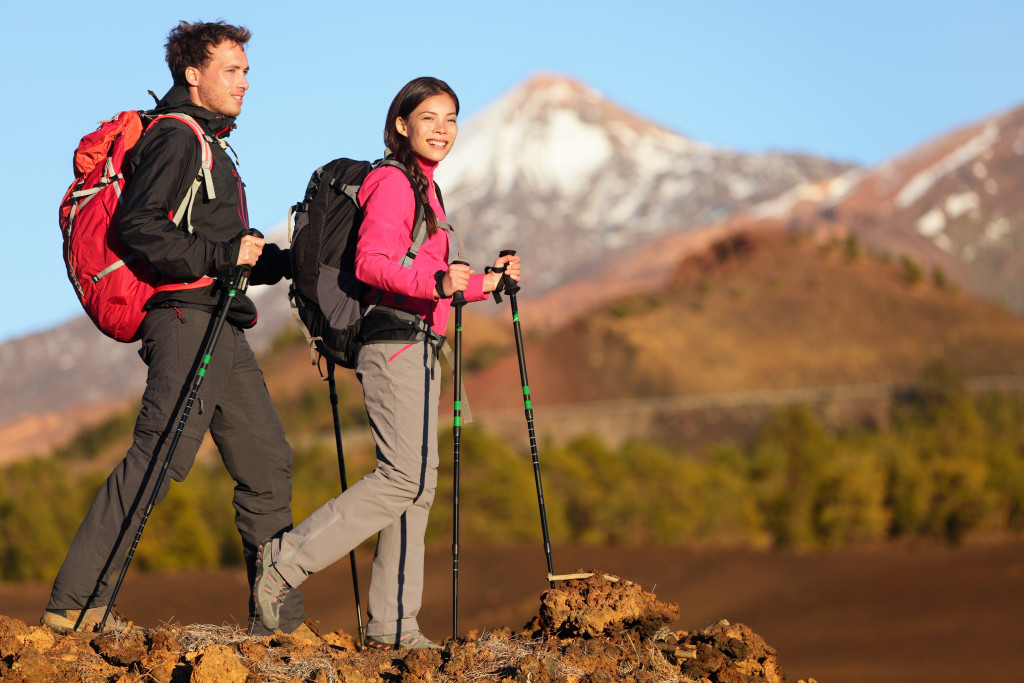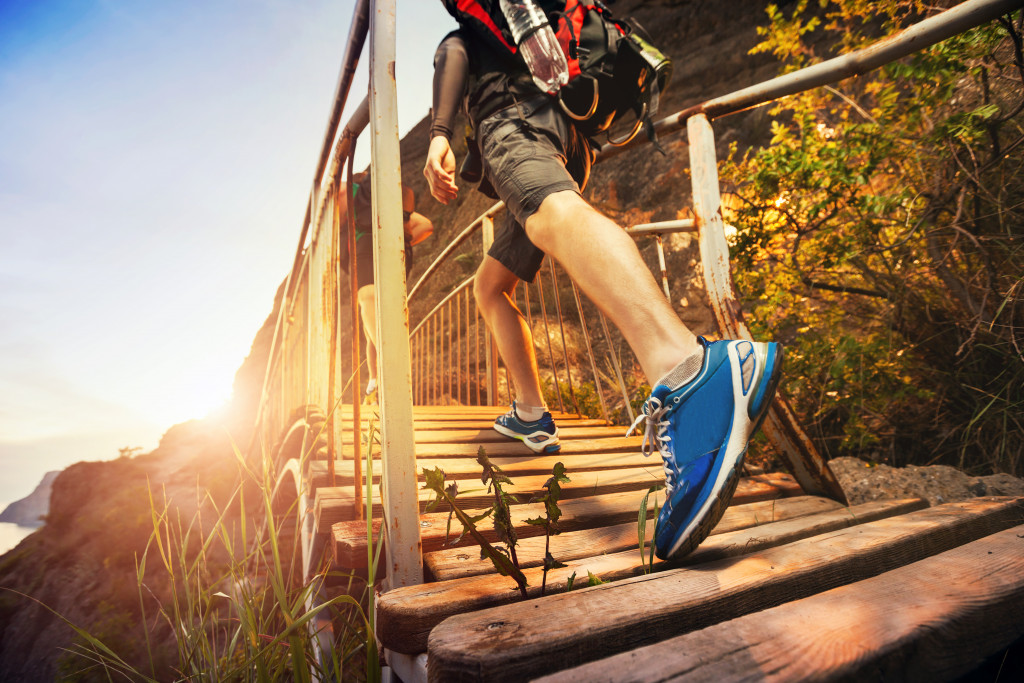An activity checklist is a great way to ensure you have everything you need and that nothing significant has been left behind. In addition to the obvious items like your clothes and shoes, you should consider whether you will be using sunscreen and insect repellent. If you are going on an activity that requires special equipment, be sure to pack it.
Keep reading for more tips on safety while engaging in your favorite sports and adventure activities.
Before Going Out
Always wear the appropriate safety gear for your sport or adventure. When skiing, always use a helmet and proper footwear. It’s easy to underestimate how dangerous these seemingly innocent pastimes can be.
Safety should always be a priority while participating in sports or adventures! You don’t need to worry if you have all the necessary equipment, training/knowledge, safety precautions, etc. Keep these tips in mind whenever you’re ready to go out for your favorite activity.
If you have any medical conditions, consult your doctor before doing anything potentially dangerous. If you’re going whitewater rafting, for example, and you have epilepsy, it might not be the best activity for you to join. If you recently had a procedure such as a laser treatment for acne scars, you should consider staying indoors.
Be sure to check the weather before setting out. A lovely day can quickly turn into a dangerous situation if the weather changes. If you don’t have proper equipment or training, stay inside!
Become familiar with any regulations regarding your registered activity. Be sure to read all warning signs in advance and plan if they’re out of the ordinary. If there’s a band of bull elephants in an area that you thought was elephant-free, then don’t go ahead with your plans!
Check the safety advisories of your destination before leaving. If you’re traveling to a new place, check with the local authorities to find out if they have any specific dangers.
If there are dangerous animals in an area where you are planning on going, make sure that you are aware of keeping yourself safe from them. If you plan on hiking, learn the warning signs of bears and snakes so that you can spot them before they spot you.

Stick to a Plan
Always have a plan for difficult situations. It should include an evacuation route in case of fire or avalanche, rope or cell phone should you get lost, and signals to communicate with your companions. Don’t go on any outdoor adventure without making sure you’re aware of the risks involved, know how to handle them, and are willing to take responsibility for your actions.
Always have a backup plan just in case. For example, if you’re climbing with someone who has had a few drinks, go ahead and have an escape plan if they start to behave erratically.
Don’t rely on your cell phone for everything. If you are going on an adventure that will put your phone in jeopardy, leave it at home or in the car. There’s no point in bringing it if you’re not going to use it!
Be aware of your surroundings at all times; don’t let yourself get distracted by social media or other things while doing something dangerous like mountain climbing or biking down a steep incline.
Make sure to bring plenty of water and food with you on long adventure trips. It’s essential to stay hydrated and fed, especially on longer trips.
Medical Emergencies
Bring a first aid kit with you. It’s better to be safe than sorry. Always sign in and check out of any registration. It is a suitable method for keeping track of who is where at all times. People can also use a register to let family or friends know if their plans have changed unexpectedly.
Practice good sportsmanship. Never taunt an opponent after scoring a goal/winning the game, etc. Be aware of the safety of others. Don’t take more risks than necessary and never put others in danger. Don’t be afraid to say no if you’re not comfortable with something. It is essential to constantly think about how your actions will affect those around you. Some activities, like base jumping or paragliding, might seem impressive, but they are dangerous and irresponsible.
If you or your companions are under the influence of alcohol or drugs, don’t do anything dangerous! Not only is it illegal in many places, but you will severely decrease your chances of reacting appropriately in an emergency.
Even if you’re in the middle of an exotic destination, it’s important to still think about your safety. Don’t go wandering through dark alleys or isolated areas by yourself at night if you don’t know where you are. A general rule is that if you wouldn’t do it sober, then don’t do it on drugs or alcohol!
If you’re nervous about something, don’t go through with it. If you think your friend will hurt himself during a stunt, tell someone and don’t encourage the activity.
Finally, always be sure to go out of your way to acquaint yourself with the area you’re going to before setting off. It includes knowing your starting and ending points and how far apart they are from essential landmarks. In addition, try to go with someone you know to get help for you if anything happens.
Having a plan and taking responsibility for your actions helps you to avoid disaster. Make sure that if something goes wrong, you do everything possible to prevent injury or damage to yourself and those surrounding you.
We hope these safety tips will help make your next adventure a safe one.

